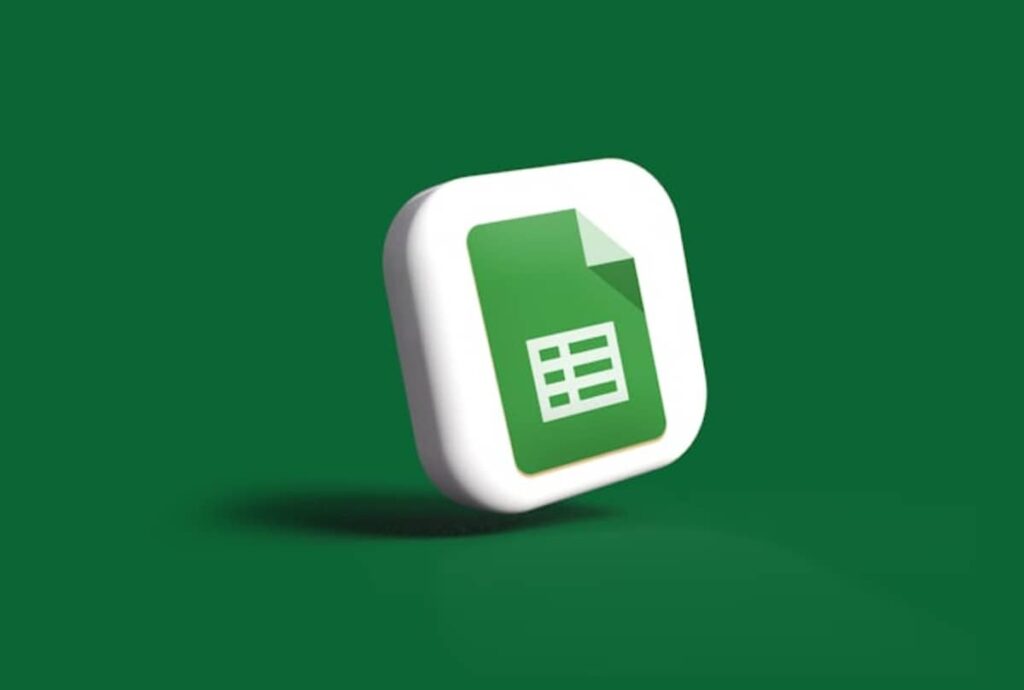
Introduction
Welcome back, friends! In this blog, we will be discussing how to create a project plan or a Gantt chart using Google Sheets. You have the flexibility to add your own task names, start dates, end dates, durations, and status. The Gantt chart also displays a timeline and color codes the bars based on the status of each task. Let’s dive into the step-by-step process of creating this project plan in Google Sheets.
Step 1: Setting Up the Sheet
First, let’s open a new Google Sheet and click on the plus button to add a new sheet. In cell A3, label it as “Start Date,” and in cell C3, label it as “End Date.” We will begin our Gantt chart from cell A5. In this row, we will have columns for activity, start date, end date, duration, and status. For now, let’s fill in some sample tasks in the activity column, such as “Task 1,” “Task 2,” and so on. You can fill this column with as many tasks as you need. Next, we will copy the start date data and paste it in this column. Similarly, we will copy the duration values and paste them as well, but only the values, not the formulas.
Step 2: Calculating the End Dates
To calculate the end dates, we will use a simple formula. In the first cell of the end date column, enter the formula “=B5+C5-1” and press Enter. Copy this formula down for the entire range of tasks. This formula takes the start date, adds the duration, and subtracts 1 day to get the end date.
Step 3: Adding Status and Formatting
Now, let’s add the status column. For now, we will manually input the status for each task. You can use any status labels you prefer, such as “Pending,” “Work in Progress (WIP),” and “Completed.” To format the colors of the status bars, select the range of cells containing the status, right-click, and choose “Conditional Formatting.” Add rules for each status and select the corresponding color. For example, choose red for pending, yellow for WIP, and green for completed. Apply the same formatting to the range of cells below the status column.
Step 4: Formatting the Sheet
Let’s format the sheet to make it more visually appealing. Firstly, adjust the size of the columns to fit the content. Then, use the MIN function to find the minimum start date and the MAX function to find the maximum end date. These values will help us set the project start and end dates. Now, we can use these dates to populate the remaining start dates. In the second cell of the start date column, enter the formula “=B5” and press Enter. In the next cell, add 1 to the previous date to get the next date. Autofill this formula down for all the tasks. To increase the font size, select all the columns and double-click on the line between two column headings.
Step 5: Creating the Gantt Chart
We’re almost there! To create the Gantt chart, we will use a simple formula and conditional formatting. In the first cell of the Gantt chart timeline, enter the formula “=IF(AND($F5>=$B5,$F5<=$C5),$E5,””)” and press Enter. Copy this formula for the entire timeline range. This formula checks if the date in column F (the timeline) is between the start and end dates of each task. If it is, it displays the corresponding status; otherwise, it remains blank. Next, select the entire timeline range and apply conditional formatting to color code the bars based on the status.
Step 6: Final Touches
Let’s add some final touches to our project plan. Format the start date and end date cells with your preferred colors and fonts. Merge the cells in the first row and add a title, such as “Project Plan in Google Sheets.” Align the title in the center and increase the font size. You can also change the font and background colors to make it stand out. Finally, select the Gantt chart range and apply a border to highlight the chart.
Conclusion
And there you have it, friends! You’ve successfully created a project plan or Gantt chart in Google Sheets. Now, you can customize the chart by adding your own tasks, start dates, end dates, durations, and status. The Gantt chart will automatically update the timeline and color code the bars based on the status of each task. Feel free to make any adjustments or modifications to fit your specific project needs. I hope you found this tutorial helpful. Thank you for reading!

